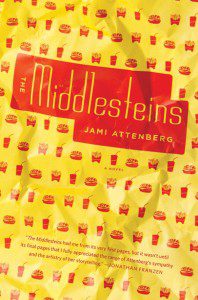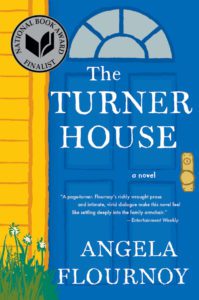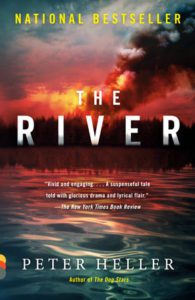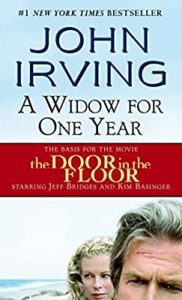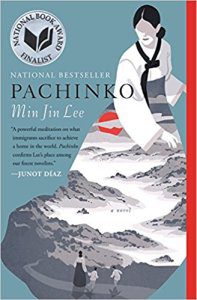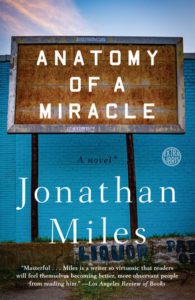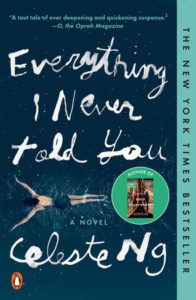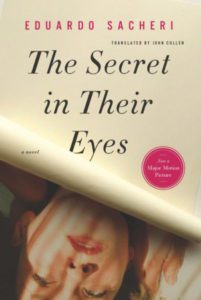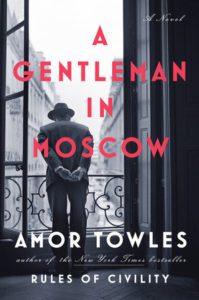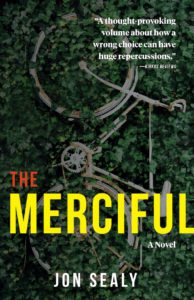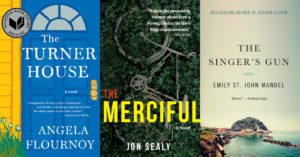
The path of a literary fiction writer in America can send you down some obscure rabbit holes. You might decide you want to be a writer because you loved a good story as a kid—in my case, it was The Boxcar Children and the novels of Beverly Cleary, which gave way to Stephen King and John Grisham.
Later, you might go to college and take a workshop where you learn about the literary short story (and writers like like Raymond Carver or ZZ Packer), and you redefine your idea of what makes for great fiction. Felicitous language, perhaps, or revealing character through incident. If you attend an MFA program, you might dig into all sorts of aesthetic tracks, perhaps discovering a love of the Very Long Novel (Roberto Bolaño’s 2666), the Very Short Novel (Elena Ferrante’s The Days of Abandonment), aesthetic wizardry (Aimee Bender), or autofiction (Ben Lerner).
Then, you might wake up in your mid-thirties, as I did, and realize that when your non-literary colleagues ask you for a reading recommendation, they’re usually not looking for weird or obscure stories. Instead they want a book they’ll enjoy when they’re tired at the end of the day. They want language that transports them into a world, characters who feel real and whose actions they care about.
In other words, they want to get swept up in a story. Below are ten novels I’d recommend for anyone who is, at the end of the day, just looking for a compelling read.
***
The Middlesteins by Jami Attenberg
I love a novel about a dysfunctional family. In The Middlesteins, Attenberg tells the story of an older couple’s divorce while their grown children are trying to get on with their lives. Interspersed with the current domestic drama, occasional chapters take us back in time—for example, we revisit moments from the life of the family’s matriarch, Edie, as she struggles with her weight. These glimpses at the family’s past offer us a fuller picture of this family and its history. Attenberg’s prose is warm and funny throughout, and all of her characters come to life within these pages.
The Turner House by Angela Flournoy
Another family drama, this time centered on a large family of adult siblings trying to figure out what to do with the old family house in Detroit amid the financial crisis of 2008. I’m always impressed by a book that somehow balances a huge cast of characters in a short space, but what I love most about this novel in particular is the way Flournoy shows us seventy years of Detroit. The scenes set during the 1967 riots are some of the most memorable I’ve ever read—and are very much worth revisiting in 2020, given the social movements we’ve recently seen grow across the country.
The River by Peter Heller
This wilderness adventure novel is one of the most thrilling books I’ve read in years. It’s about a pair of friends who are canoeing in northern Canada when a massive forest fire approaches, and they’re stuck fleeing the flames by traveling down the river. With a potential murderer hunting for them, it’s like a retelling of Deliverance. What I most appreciate, though, is Heller’s attention to detail around outdoor survival.
A Widow for One Year by John Irving
I suspect people reach first for The World According to Garp (probably still Irving’s best book) or The Cider House Rules, but I’ve always preferred this novel about a pair of writers, Ruth and Eddie. When Ruth is a small child, teenage Eddie works for a summer as an assistant to her parents. They both grow up to be writers, and have to work through issues that linger from that dramatic summer. I like how Irving brings the art of storytelling to the fore in this charming, and at times lascivious, novel.
Pachinko by Min Jin Lee
I’m a sucker for a multi-generational novel if the writer can pull it off, and Min Jin Lee does just that. Set in Korea and Japan, this novel follows four generations of a family, starting with a poor fisherman in the early twentieth century. The novel anchors itself around a woman, Sunja, and her political and family dramas, and the story offers relatable insights about the relatively under-explored histories of Korea and Japan. This novel deserves all the accolades its received as a book club read, and is also a master class in structure and point of view.
Anatomy of a Miracle by Jonathan Miles
Miles’s novel is set in a coastal Mississippi town, where a paralyzed Afghanistan war veteran suddenly, miraculously, regains his ability to walk in a convenience store parking lot. His story becomes a media sensation, complete with a visit from a papal envoi investigating whether he has experienced a true miracle. I love this novel’s style—it’s written in a journalistic mode, as a nonfiction account of a real-life event—and I especially appreciate that the author never drops the façade, even in his acknowledgements.
The Singer’s Gun by Emily St. John Mandel
Station Eleven was Mandel’s breakout success, and while I enjoyed that novel, I think her first three books deserve a little more attention. My favorite is The Singer’s Gun, a thriller about a man named Anton who is trying hard to put a life of crime behind him when his cousin asks him to do one more job. For me, this novel is the paragon of the genre “literary thriller.” The prose is sharp, the characters well drawn, the story taut.
Everything I Never Told You by Celeste Ng
The tremendous success of Ng’s second novel, Little Fires Everywhere, somewhat obscured her excellent first novel, which is about the mysterious death of a teenage girl in a nearby lake. In Everything I Never Told You, Ng gives us circular accounts from all of her characters, and these accounts peel away the onion until we fully understand the sad heart at the center of the book’s mystery. I won’t give anything away, but this novel shows the best of what fiction can do.
The Secret in Their Eyes by Eduardo Sacheri
This is another novel that straddles the so-called line between literary fiction and genre fiction—in this case, Sacheri tells us a story about a retired police detective trying to crack an old, unsolved crime that’s haunted him throughout his career. The thing about a good story is that it’s all in the execution; a familiar plot is made fresh here by language and structure, by the way Sacheri moves back and forth in time, and, of course, by the book’s surprise ending.
A Gentleman in Moscow by Amor Towles
There’s a reason those big old Russian novels have endured through the ages, and Towles taps into that same kind of magic—this a sprawling book about a charming Russian aristocrat sentenced to live out his days in the Metropol hotel after the Bolshevik revolution. A likeable and witty protagonist, Count Rostov makes you feel right at home alongside him in the grand old hotel. I read this novel during the pandemic shutdown, and it offered me a perfect escape.
And to close out this wonderful list, we just had to include Jon’s new novel, The Merciful, forthcoming on January 19 from Haywire Books! – Ed.
The Merciful by Jon Sealy
The low-country town of Overlook is a sleepy tourist and retirement community known for its golf courses and laid-back lifestyle. But when nineteen-year-old Samantha James is killed in a hit and run one night while riding her bicycle home from work, the town sets out to crucify the alleged culprit, Daniel Hayward. The headlines tell a compelling story, but the truth is much less clear. As in the film Rashomon, everyone has a “story” about what happened: the media, the prosecutor, the defense attorney, Daniel, and Samantha’s family. As the book examines these myriad perspectives, The Merciful’s stunning scope ranges from characters striving for a kind of American success that’s just out of reach, to questions of data analytics, brain emulations, and the very survival of humanity. Ultimately, however, the novel is a morality play that asks tough questions about the nature of justice and mercy. What do you do when one moment, one accident, one decision changes the course of life forever?

